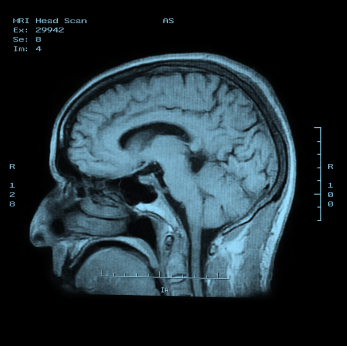4 Ways To Surprise Your Audience During a Speech
Editor’s note: This is the third article in our five-part series, The Psychology of Public Speaking. All five posts in this series are excerpted from 100 Things Every Presenter Needs To Know About People by Susan Weinschenk.
In Neuro Web Design: What Makes Them Click?, I talk about the role of the “old brain” in scanning the environment for anything that could be dangerous. This also means that the old brain is looking for anything new or novel.
Research by Gregory Berns (2001) shows that the human brain not only looks for the unexpected but actually craves the unexpected. Berns used a computer-controlled device to squirt either water or fruit juice into people’s mouths while their brains were being scanned by an fMRI device. Sometimes the participants could predict when they were going to get a squirt, but other times it was unpredictable.
The researchers thought that they would see activity based on what people liked. For example, if a participant liked juice, then there would be activity in the nucleus accumbens, the part of the brain that is active when people experience pleasurable events. However, that’s not what happened. The nucleus accumbens was most active when the squirt was unexpected. It was the surprise that showed activity, not the preferred liquid.
NICE SURPRISES VS. UNPLEASANT SURPRISES
Not all surprises are equal. If your friends yell “Surprise!” when you come home and turn on the light because it’s your surprise birthday party, that’s a very different kind of surprise than finding a burglar in your home.
Marina Belova (2007) and her team researched whether the brain processes these two different kinds of surprises in different locations.
The researchers worked with monkeys and the amygdala, a part of the brain where emotions are processed. In their research, they recorded the electrical activity of neurons in the amygdala. They used a drink of water (pleasant) versus a puff of air to the face (which the monkeys do not like).
They found that some neurons responded to the water and others to the puff of air, but that a specific neuron did not respond to both.
FOUR WAYS TO BUILD IN SMALL SURPRISES
To keep your audience interested in your presentation, build in small surprises. Examples include the following:
- Demonstrations (of a product, a Web site, or a principle you are discussing).
- New media. If you’ve been using slides, turn off the slides and show a video clip, play an audio clip, or just talk to your audience.
- Activities. Stop talking and have the group do an exercise (individually, together, or in small groups).
- Don’t put everything on your outline. Don’t tell your audience everything you are going to do and when it will occur. Instead of showing a detailed outline that shows exactly when an activity is going to occur, use a high-level outline that doesn’t reveal every aspect of your presentation. This way, they can be surprised by what happens and when it happens.
Copyright © 2012. Used with permission of PearsonEducation, Inc. and New Riders.
Interested in purchasing 100 Things Every Presenter Needs To Know About People? You can find the soft cover here and the Kindle edition here.




